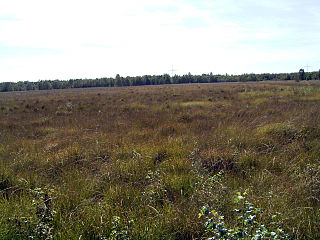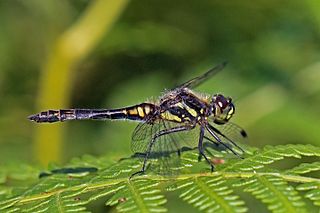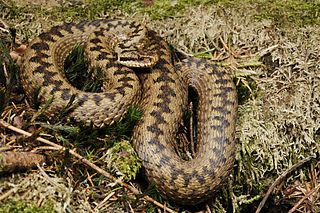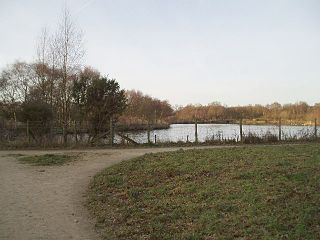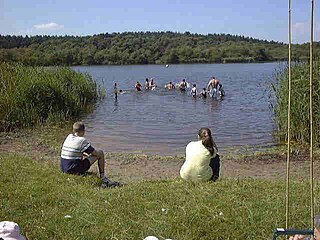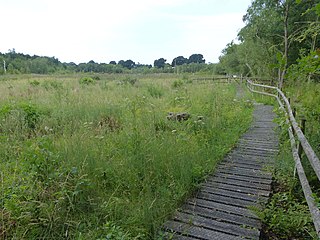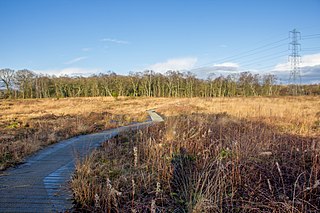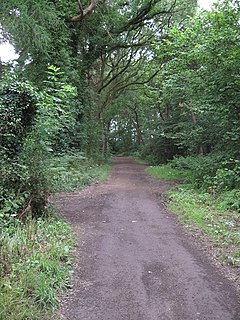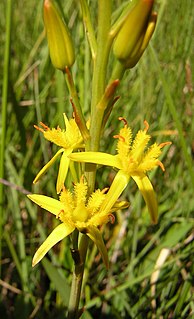| Abbotts Moss Nature Reserve | |
|---|---|
 Shemmy Moss | |
Abbotts Moss NR within Cheshire | |
| Type | Nature reserve and SSSI |
| Location | Delamere Forest, Cheshire |
| OS grid | SJ595688 |
| Coordinates | 53°12′55″N2°36′28″W / 53.2154°N 2.6078°W Coordinates: 53°12′55″N2°36′28″W / 53.2154°N 2.6078°W |
| Area | 12 hectares (30 acres) [1] |
| Elevation | 75m [2] |
| Operated by | Cheshire Wildlife Trust |
| Open | any reasonable time |
Abbotts Moss is a 12-hectare (30-acre) nature reserve near Delamere Forest, northwest of Winsford, Cheshire. It is managed by the Cheshire Wildlife Trust under lease from the Forestry Commission and lies within a larger Site of Special Scientific Interest (SSSI). [3] The reserve is south of the A556 road near Sandiway and is divided in two by the Whitegate Way, a former railway line now used as a footpath and bridleway. [2]

A nature reserve may also be known as a natural reserve, wildlife refuge or sanctuary, biosphere reserve (bioreserve), natural or nature preserve, or nature conservation area. It is a protected area of importance for flora, fauna, or features of geological or other special interest, which is reserved and managed for purposes of conservation and to provide special opportunities for study or research. Nature reserves may be designated by government institutions in some countries, or by private landowners, such as charities, and research institutions. Nature reserves fall into different IUCN categories depending on the level of protection afforded by local laws. Normally it is more strictly protected than a nature park. Various jurisdictions may use other terminology, such as ecological protection area or private protected area in legislation and in reserves' official names.

Delamere Forest or Delamere Forest Park is a large wood near the village of Delamere in Cheshire, England. The woodland, which is managed by the Forestry Commission, covers an area of 972 hectares making it the largest area of woodland in the county. It contains a mixture of deciduous and evergreen trees.
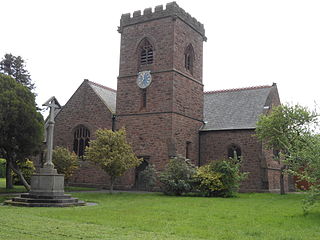
Winsford is a town and civil parish within the unitary authority of Cheshire West and Chester and the ceremonial county of Cheshire, England. It lies on the River Weaver south of Northwich and west of Middlewich, and grew around the salt mining industry after the river was canalised in the 18th century, allowing freight to be conveyed northwards to the Port of Runcorn on the River Mersey. The town falls into the Winsford & Northwich Locality, with an estimated population in 2017 of 103,300; the three wards of Winsford make up around 32,610 of this figure.



